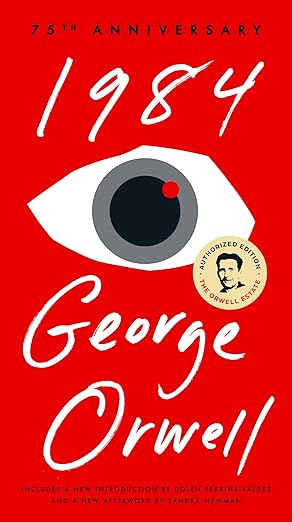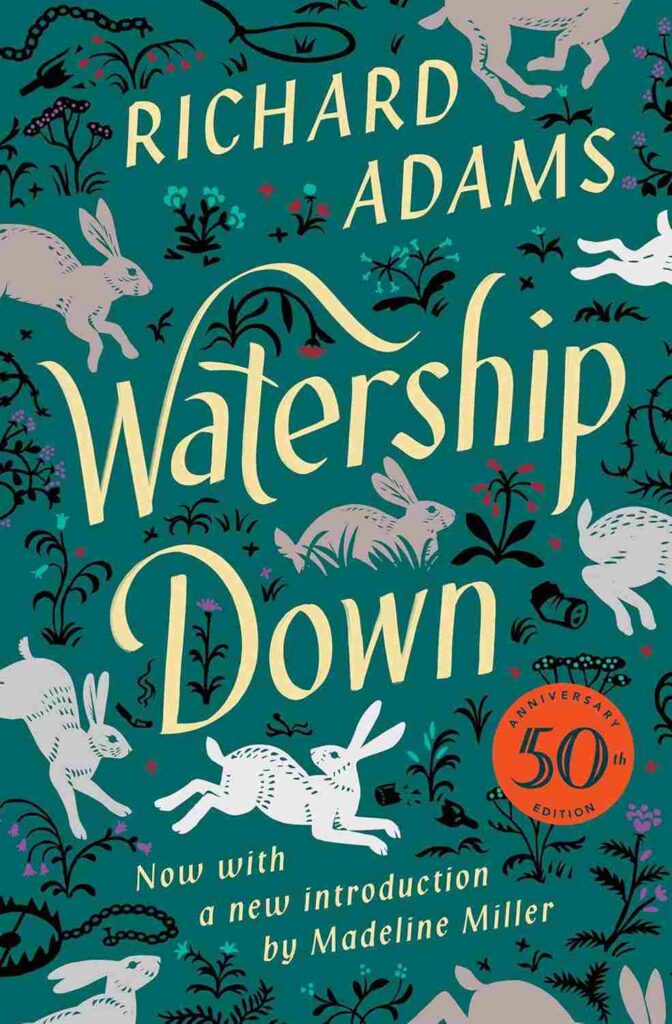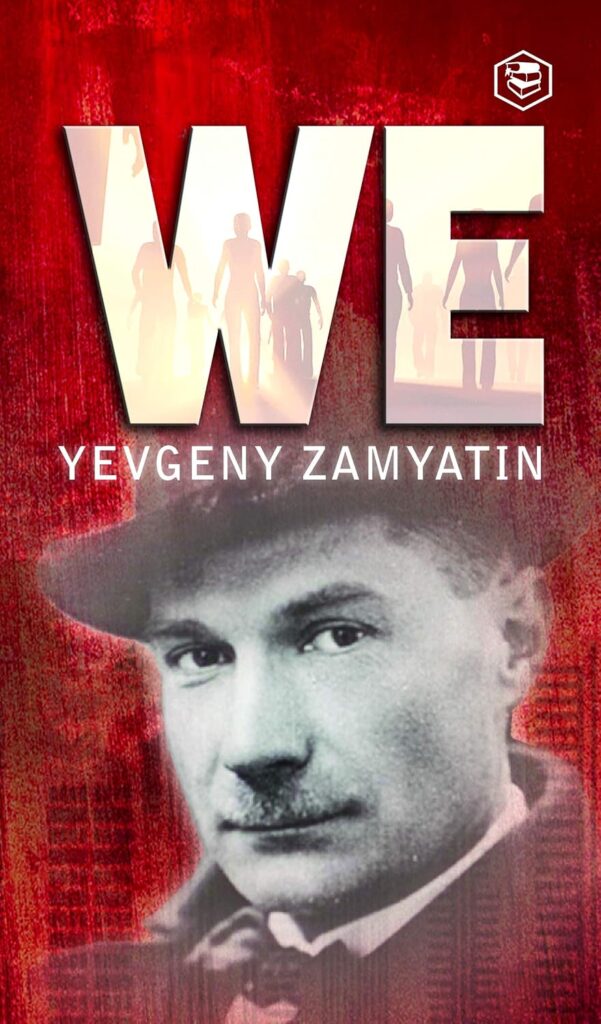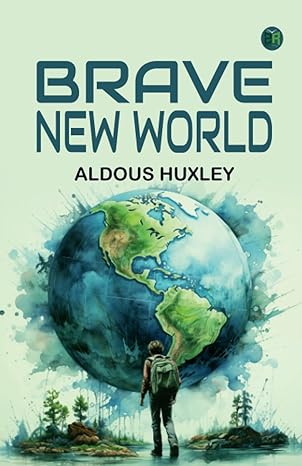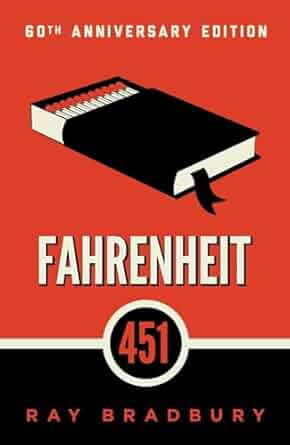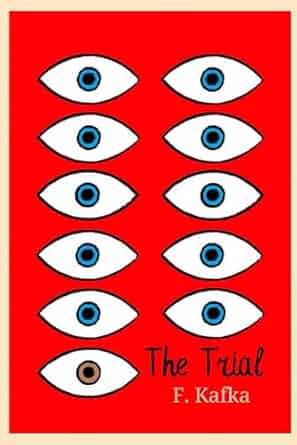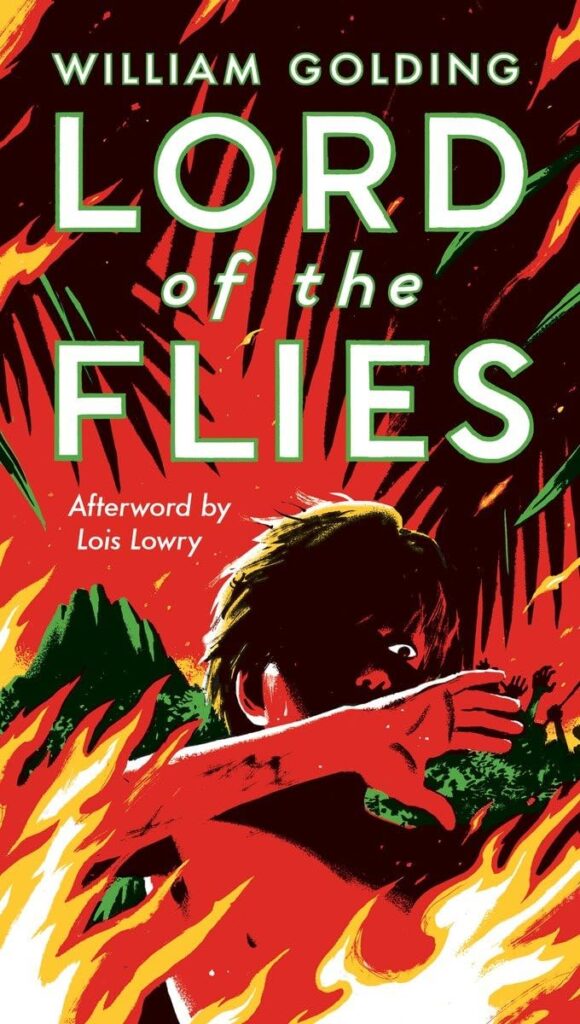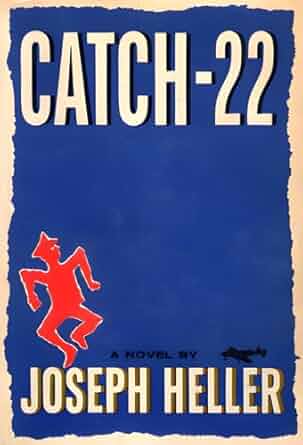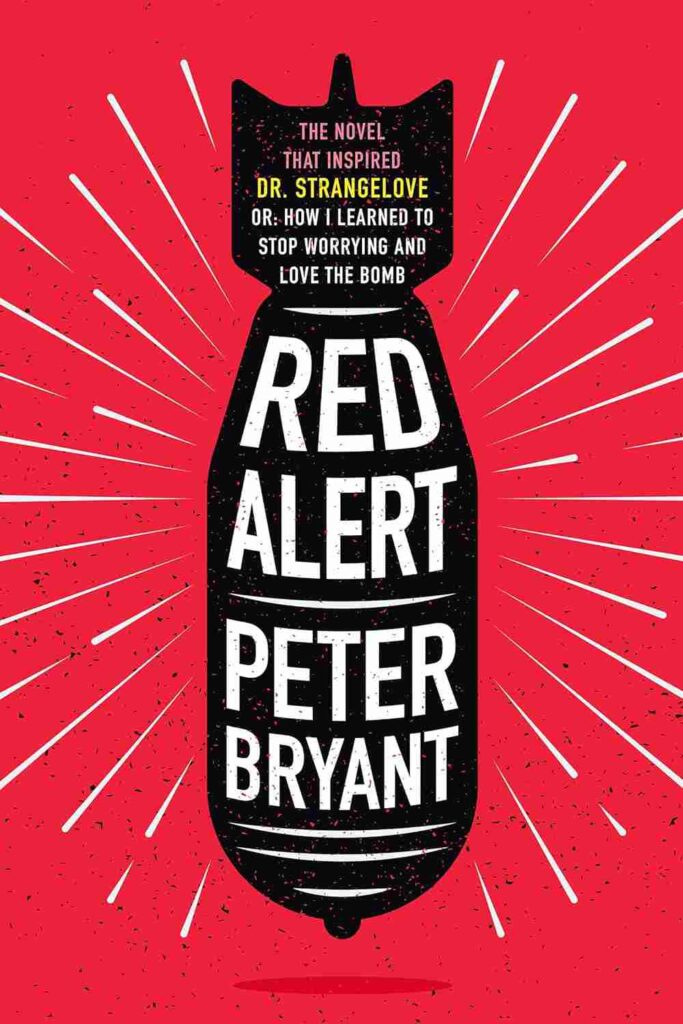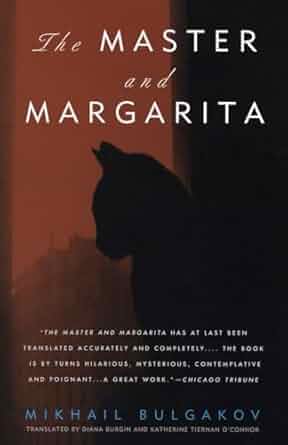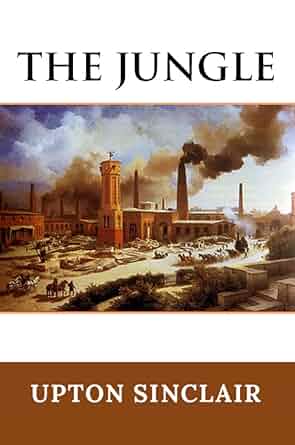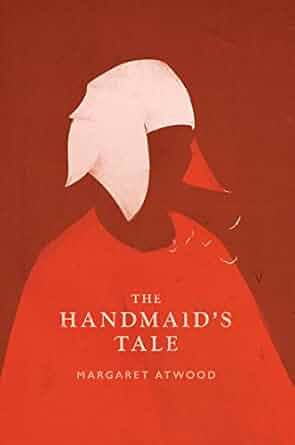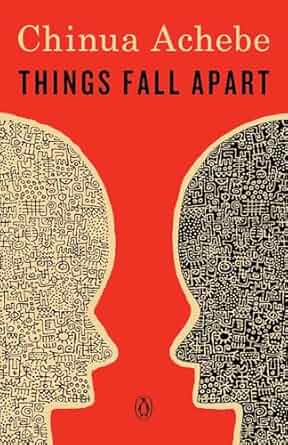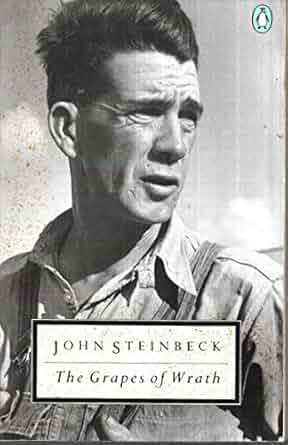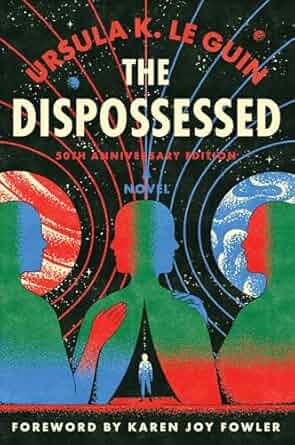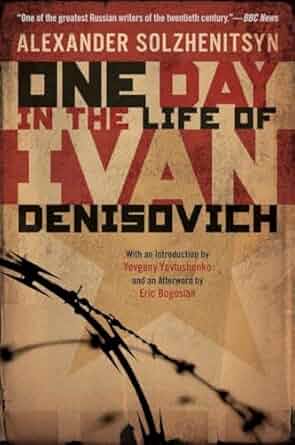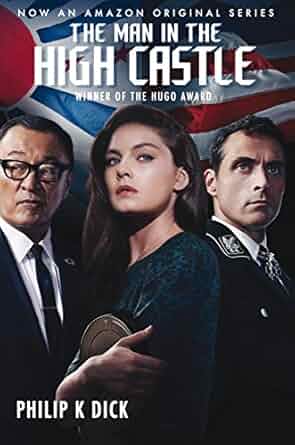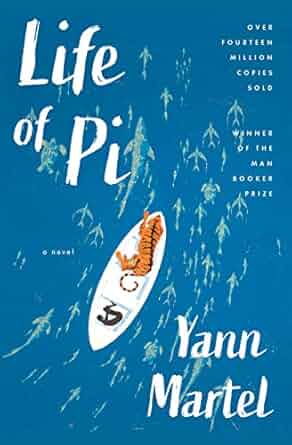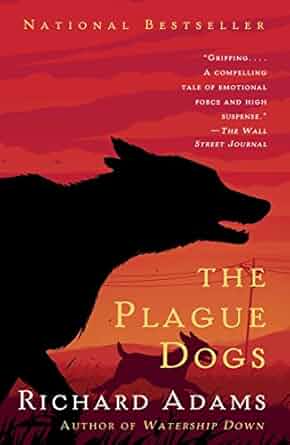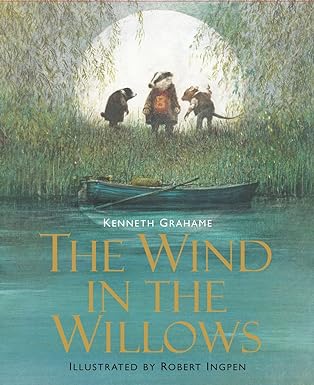Summary: In this article, I gathered 20 books similar to Animal Farm that I think capture its powerful themes of political allegory, societal critique, and human nature. Here are my top 3:
- 1984 by George Orwell
- Watership Down by Richard Adams
- We by Yevgeny Zamyatin
Books like Animal Farm explore themes of power, corruption, and societal manipulation through satire, allegory, or dystopian settings. They offer timeless insights into human nature and the dangers of authoritarianism, encouraging reflection on our world and the value of freedom.
TOP 20: Best Books Similar to Animal Farm
- 1984 by George Orwell
- Watership Down by Richard Adams
- We by Yevgeny Zamyatin
- Brave New World by Aldous Huxley
- Fahrenheit 451 by Ray Bradbury
- The Trial by Franz Kafka
- Lord of the Flies by William Golding
- Catch-22 by Joseph Heller
- Dr. Strangelove: Red Alert by Peter George
- The Master and Margarita by Mikhail Bulgakov
- The Jungle by Upton Sinclair
- The Handmaid’s Tale by Margaret Atwood
- Things Fall Apart by Chinua Achebe
- The Grapes of Wrath by John Steinbeck
- The Dispossessed by Ursula K. Le Guin
- One Day in the Life of Ivan Denisovich by Aleksandr Solzhenitsyn
- The Man in the High Castle by Philip K. Dick
- Life of Pi by Yann Martel
- The Plague Dogs by Richard Adams
- The Wind in the Willows by Kenneth Grahame
1. 1984
- Author: George Orwell
- About: A dystopian novel about a totalitarian regime led by Big Brother that suppresses freedom and manipulates truth.
- Style of Writing: Clear and direct, with dark, oppressive tones and thought-provoking imagery.
- Length: ~88,000 words.
- Year Written: 1949
- Emotional Impact: Haunting and deeply unsettling, leaving readers questioning surveillance and authority.
- Difficulty Level: Moderate; the themes are complex, but the writing is accessible.
- Why Read It: To understand how propaganda and authoritarianism can reshape reality and control society.
2. Watership Down
- Author: Richard Adams
- About: A group of rabbits flee their warren to find a safe home, facing dangers and challenges along the way. The story is a rich allegory about leadership, community, and survival.
- Style of Writing: Poetic and descriptive, with a mix of action and introspection.
- Length: ~156,000 words.
- Year Written: 1972
- Emotional Impact: Inspiring and poignant, with moments of intense tension and triumph.
- Difficulty Level: Moderate; vivid descriptions and the rabbit folklore add depth but may require patience.
- Why Read It: A moving exploration of leadership and resilience, told through a unique and immersive animal perspective.
3. We
- Author: Yevgeny Zamyatin
- About: A dystopian society governed by mathematical precision and complete control, where individuality is suppressed.
- Style of Writing: Experimental and philosophical, blending poetic language with sharp social critique.
- Length: ~71,000 words.
- Year Written: 1920
- Emotional Impact: Thought-provoking and unsettling, with a lasting impression of humanity’s struggle for freedom.
- Difficulty Level: Moderate to challenging; its abstract ideas and non-linear style can be demanding.
- Why Read It: As a precursor to 1984, it offers profound insights into collectivism, control, and the human spirit.
4. Brave New World
- Author: Aldous Huxley
- About: A dystopian world where people are conditioned for societal roles and controlled through pleasure and ignorance.
- Style of Writing: Satirical and philosophical, blending dry humor with incisive critique.
- Length: ~64,000 words.
- Year Written: 1932
- Emotional Impact: Unsettling and thought-provoking, forcing readers to question the cost of comfort and conformity.
- Difficulty Level: Moderate; the writing is accessible, but the philosophical depth requires reflection.
- Why Read It: To explore the dangers of sacrificing individuality and freedom for stability and pleasure.
5. Fahrenheit 451
- Author: Ray Bradbury
- About: A society where books are banned, and firemen burn them to suppress free thought.
- Style of Writing: Lyrical and imaginative, with vivid imagery and emotional depth.
- Length: ~46,000 words.
- Year Written: 1953
- Emotional Impact: Profoundly moving, leaving readers inspired to protect intellectual freedom.
- Difficulty Level: Easy to moderate; the language is rich but accessible.
- Why Read It: To understand the value of knowledge and the perils of censorship.
6. The Trial
- Author: Franz Kafka
- About: The story of Josef K., a man inexplicably arrested and prosecuted by an oppressive, faceless legal system.
- Style of Writing: Surreal and Kafkaesque, with a blend of absurdity and existential dread.
- Length: ~73,000 words.
- Year Written: 1914 (published posthumously in 1925)
- Emotional Impact: Uneasy and haunting, leaving readers grappling with themes of guilt and bureaucracy.
- Difficulty Level: Challenging; the abstract themes and symbolism require careful attention.
- Why Read It: To explore the alienation and helplessness of individuals in oppressive systems.
7. Lord of the Flies
- Author: William Golding
- About: A group of boys stranded on an island descend into savagery as they attempt to govern themselves.
- Style of Writing: Simple yet symbolic, with vivid descriptions of the boys’ descent into chaos.
- Length: ~59,000 words.
- Year Written: 1954
- Emotional Impact: Disturbing and thought-provoking, revealing dark truths about human nature.
- Difficulty Level: Moderate; straightforward prose with layered symbolism.
- Why Read It: To understand the fragility of civilization and the inherent violence in human nature.
8. Catch-22
- Author: Joseph Heller
- About: A darkly comedic look at the absurdities of war, following a bombardier caught in a paradoxical military rule.
- Style of Writing: Satirical, fragmented, and absurdly humorous.
- Length: ~175,000 words.
- Year Written: 1961
- Emotional Impact: A mix of laughter and despair, with a lasting critique of war’s futility.
- Difficulty Level: Challenging; the non-linear narrative and circular logic demand focus.
- Why Read It: To experience a biting satire on bureaucracy and the madness of war.
9. Dr. Strangelove: Red Alert
- Author: Peter George
- About: A Cold War thriller about a nuclear crisis, adapted into a darkly satirical film.
- Style of Writing: Suspenseful and straightforward, with a chilling undertone.
- Length: ~47,000 words.
- Year Written: 1958
- Emotional Impact: Intense and sobering, with moments of dark humor.
- Difficulty Level: Moderate; accessible language with gripping tension.
- Why Read It: To delve into the absurdities of Cold War politics and nuclear brinkmanship.
10. The Master and Margarita
- Author: Mikhail Bulgakov
- About: A surreal tale blending Soviet life, magical realism, and a retelling of the story of Jesus.
- Style of Writing: Lyrical, multi-layered, and satirical.
- Length: ~155,000 words.
- Year Written: 1940 (published posthumously in 1967)
- Emotional Impact: Witty, thought-provoking, and unforgettable.
- Difficulty Level: Challenging; complex themes and shifting narratives.
- Why Read It: To explore themes of love, power, and morality through a uniquely magical lens.
11. The Jungle
- Author: Upton Sinclair
- About: An exposé of the brutal working conditions in Chicago’s meatpacking industry.
- Style of Writing: Muckraking and descriptive, with vivid, sometimes graphic imagery.
- Length: ~110,000 words.
- Year Written: 1906
- Emotional Impact: Powerful and enraging, sparking empathy for the working class.
- Difficulty Level: Moderate; the writing is straightforward but emotionally intense.
- Why Read It: To understand the roots of labor reform and the human cost of industrialization.
12. The Handmaid’s Tale
- Author: Margaret Atwood
- About: A dystopian world where women are subjugated under a theocratic regime.
- Style of Writing: Poetic and introspective, with sharp feminist commentary.
- Length: ~96,000 words.
- Year Written: 1985
- Emotional Impact: Disturbing and empowering, with a chilling resonance.
- Difficulty Level: Moderate; reflective prose with complex themes.
- Why Read It: To examine gender oppression and the dangers of religious extremism.
13. Things Fall Apart
- Author: Chinua Achebe
- About: The clash between traditional Igbo society and British colonialism.
- Style of Writing: Simple yet profound, with rich cultural details.
- Length: ~60,000 words.
- Year Written: 1958
- Emotional Impact: Heartbreaking and thought-provoking.
- Difficulty Level: Moderate; accessible language with deep themes.
- Why Read It: To gain insight into the effects of colonialism on indigenous cultures.
14. The Grapes of Wrath
- Author: John Steinbeck
- About: A family’s struggle during the Great Depression as they migrate west for a better life.
- Style of Writing: Realistic and empathetic, with poetic interludes.
- Length: ~169,000 words.
- Year Written: 1939
- Emotional Impact: Moving and enraging, with a lasting impression of injustice.
- Difficulty Level: Moderate; straightforward prose with emotional weight.
- Why Read It: To understand the human cost of economic inequality.
15. The Dispossessed
- Author: Ursula K. Le Guin
- About: A scientist from an anarchist society seeks to bridge cultural divides with a capitalist world.
- Style of Writing: Thoughtful and speculative, blending philosophy with storytelling.
- Length: ~116,000 words.
- Year Written: 1974
- Emotional Impact: Inspiring and intellectually stimulating.
- Difficulty Level: Moderate; complex ideas are balanced by engaging prose.
- Why Read It: To explore contrasting political ideologies and the meaning of freedom.
16. One Day in the Life of Ivan Denisovich
- Author: Aleksandr Solzhenitsyn
- About: A harrowing depiction of a single day in the life of a prisoner in a Soviet labor camp.
- Style of Writing: Stark and realistic, with a focus on the mundane struggles of survival.
- Length: ~58,000 words.
- Year Written: 1962
- Emotional Impact: Sobering and haunting, leaving a deep impression of resilience and oppression.
- Difficulty Level: Moderate; straightforward prose with emotionally heavy themes.
- Why Read It: To understand the human spirit's endurance under oppressive regimes.
17. The Man in the High Castle
- Author: Philip K. Dick
- About: An alternate history where the Axis powers won World War II, exploring the lives of people in occupied America.
- Style of Writing: Intriguing and speculative, blending alternate history with philosophical questions.
- Length: ~94,000 words.
- Year Written: 1962
- Emotional Impact: Uneasy and thought-provoking, with lingering questions about reality and power.
- Difficulty Level: Moderate; the narrative’s complexity requires focus.
- Why Read It: To explore the nature of history, power, and identity in a world reshaped by fascism.
18. Life of Pi
- Author: Yann Martel
- About: A young boy survives a shipwreck and is stranded on a lifeboat with a tiger, exploring themes of survival, faith, and storytelling.
- Style of Writing: Lyrical and vivid, blending adventure with philosophical musings.
- Length: ~100,000 words.
- Year Written: 2001
- Emotional Impact: Inspiring and deeply moving, leaving readers contemplating truth and faith.
- Difficulty Level: Moderate; accessible language with layers of meaning.
- Why Read It: To experience a unique exploration of human resilience and the power of belief.
19. The Plague Dogs
- Author: Richard Adams
- About: Two dogs escape from a research lab and struggle to survive in the wild, exploring themes of animal rights and humanity’s impact.
- Style of Writing: Richly descriptive and empathetic, blending realism with fable.
- Length: ~160,000 words.
- Year Written: 1977
- Emotional Impact: Heart-wrenching and powerful, challenging readers to reflect on human cruelty.
- Difficulty Level: Moderate; the descriptive prose and heavy themes require patience.
- Why Read It: To gain a compassionate perspective on animals and the moral questions of scientific progress.
20. The Wind in the Willows
- Author: Kenneth Grahame
- About: A classic tale of friendship and adventure among anthropomorphic animals, with themes of home and community.
- Style of Writing: Whimsical and poetic, with a blend of lighthearted humor and deeper reflections.
- Length: ~58,000 words.
- Year Written: 1908
- Emotional Impact: Comforting and nostalgic, leaving readers with a warm sense of belonging.
- Difficulty Level: Easy; simple yet charming prose.
- Why Read It: To enjoy a timeless story about friendship and the beauty of nature.
Conclusion
If you’re looking for books that, in my opinion, really capture the sharp political allegory and thought-provoking themes of Animal Farm, I’d start with these top three picks: 1984, Watership Down, and We. Each of these offers a unique take on power, freedom, and human nature, whether through dystopian worlds, allegorical animal adventures, or critiques of authoritarian rule. Like Animal Farm, I think these books are not just timeless but incredibly thought-provoking. They’ve left a lasting impression on me, and I’m sure they’ll deepen your understanding of society and its complexities too.

